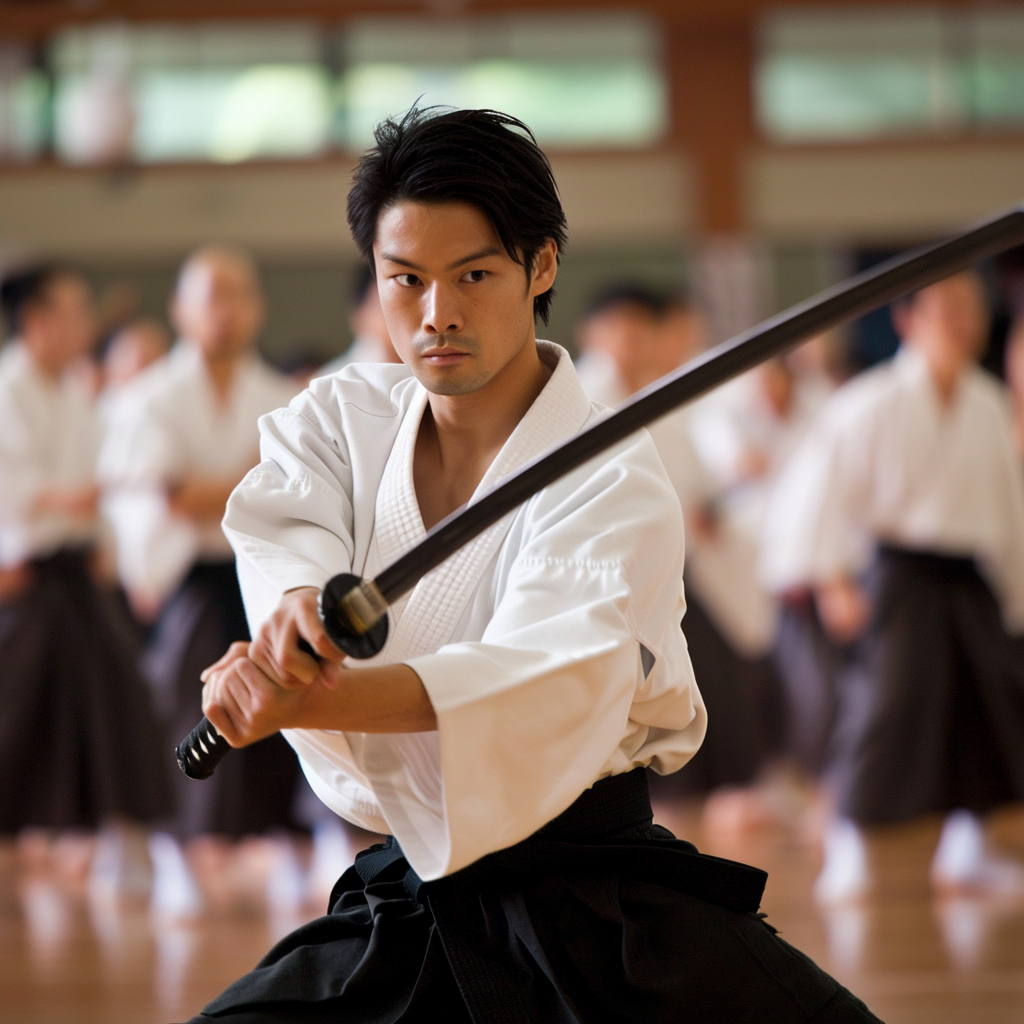Japanese martial arts are a set of age-old disciplines that have emerged from the rich history and culture of Japan. These forms of self-defense and physical disciplines have evolved over the centuries. They have become not only means of personal protection, but also paths to personal, spiritual and philosophical development. This article explores the history, diversity and cultural aspects of these Japanese arts.
1. History of Martial Arts:
The origins of Japanese martial arts date back to ancient times when fighting techniques were essential for survival. The earliest traces date back to the times of the samurai, a warrior class that flourished for centuries. Their moral code, bushido, has strongly influenced many Japanese martial arts. It emphasizes loyalty, honor and self-control.
Feudal Japan saw the emergence of several schools of martial arts, each with their own techniques and philosophies. Disciplines like jujitsu, kenjutsu (sword art), and kendo (Japanese fencing) flourished during this era.
2. The Main Japanese Martial Arts:
a. Judo:
Created by Jigoro Kano at the end of the 19th century, judo is a modern martial art based on projection and submission techniques. It emphasizes using the opponent’s strength against oneself. It focuses on grace and fluidity of movements.
b. Karate:
Imported from Okinawa at the beginning of the 20th century, karate has become one of the most practiced Japanese martial arts in the world. It is characterized by kicks, punches, and blocks. It is often taught with a strong emphasis on mental discipline.
c. Aikido:
Founded by Morihei Ueshiba, aikido is a martial art that focuses on redirecting the opponent’s energy rather than direct combat. It highlights circular and fluid movements, emphasizing harmony and non-violence.
d. Kendo:
Derived from samurai fighting techniques, kendo is a form of Japanese fencing that uses a bamboo sword called a shinai. It also incorporates protective armor and emphasizes the spirit of the samurai.
3. Philosophy and Spirituality:
Japanese martial arts are not limited to the physical aspect, but also integrate philosophical and spiritual elements. Many disciplines emphasize concepts such as self-control, balance, perseverance and respect. Practitioners are often encouraged to seek harmony between body and mind.
The concept of “do” (way) is often incorporated into the names of Japanese martial arts. This underlines the idea that the practice is an ongoing path of personal and spiritual development. This is reflected in aspects such as tea ceremony, calligraphy, and meditation which can accompany physical training.
Conclusion:
Japanese martial arts embody a rich tradition that goes far beyond simple fighting techniques. They are a true fusion of Japanese history, philosophy, and spirituality. Practicing these disciplines offers not only physical skill, but also an opportunity for personal growth and deep self-understanding. By embracing these arts, practitioners begin a journey that transcends the boundaries of the dojo to positively influence their daily lives.



